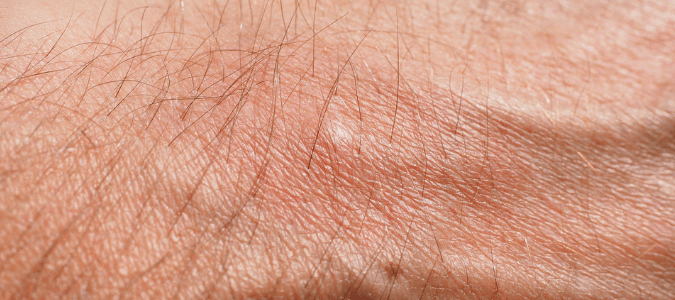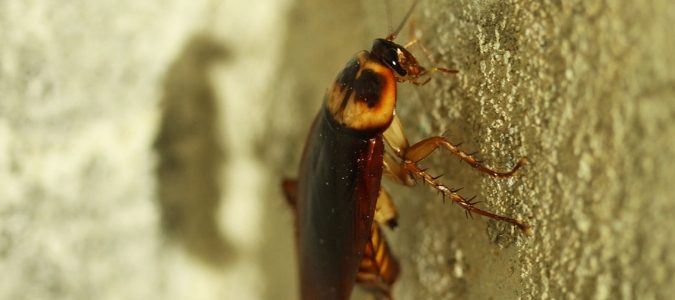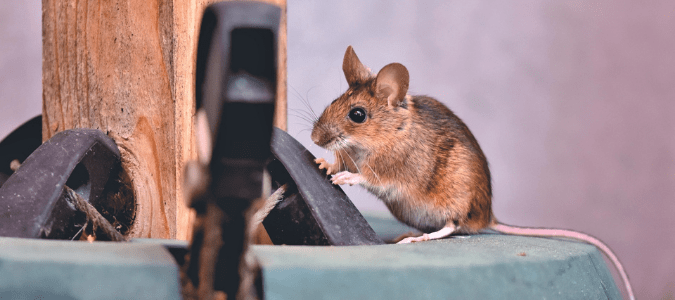Flea Infestation in My Yard: What Can I Do?

There’s not much that’s worse than spending time outdoors in your yard, only to be bothered by the tiny tickle of fleas jumping onto your feet and ankles. Then, there are those itchy bites they leave behind. If you suspect you have a flea infestation in your yard, it’s time to take action, because it will only get worse if left untreated. Fleas can lay up to 50 eggs a day, and they can live a long time if conditions are right. A flea infestation in the yard can be tough to get rid of without the help of a pest professional.
When fleas infest a yard, they are probably first introduced by wild animals like squirrels, possums or raccoons that spend time in your yard. This can also happen if a wild animal with fleas dies in your yard. When fleas lose the animal host they were living and feeding … Read Full Post »








